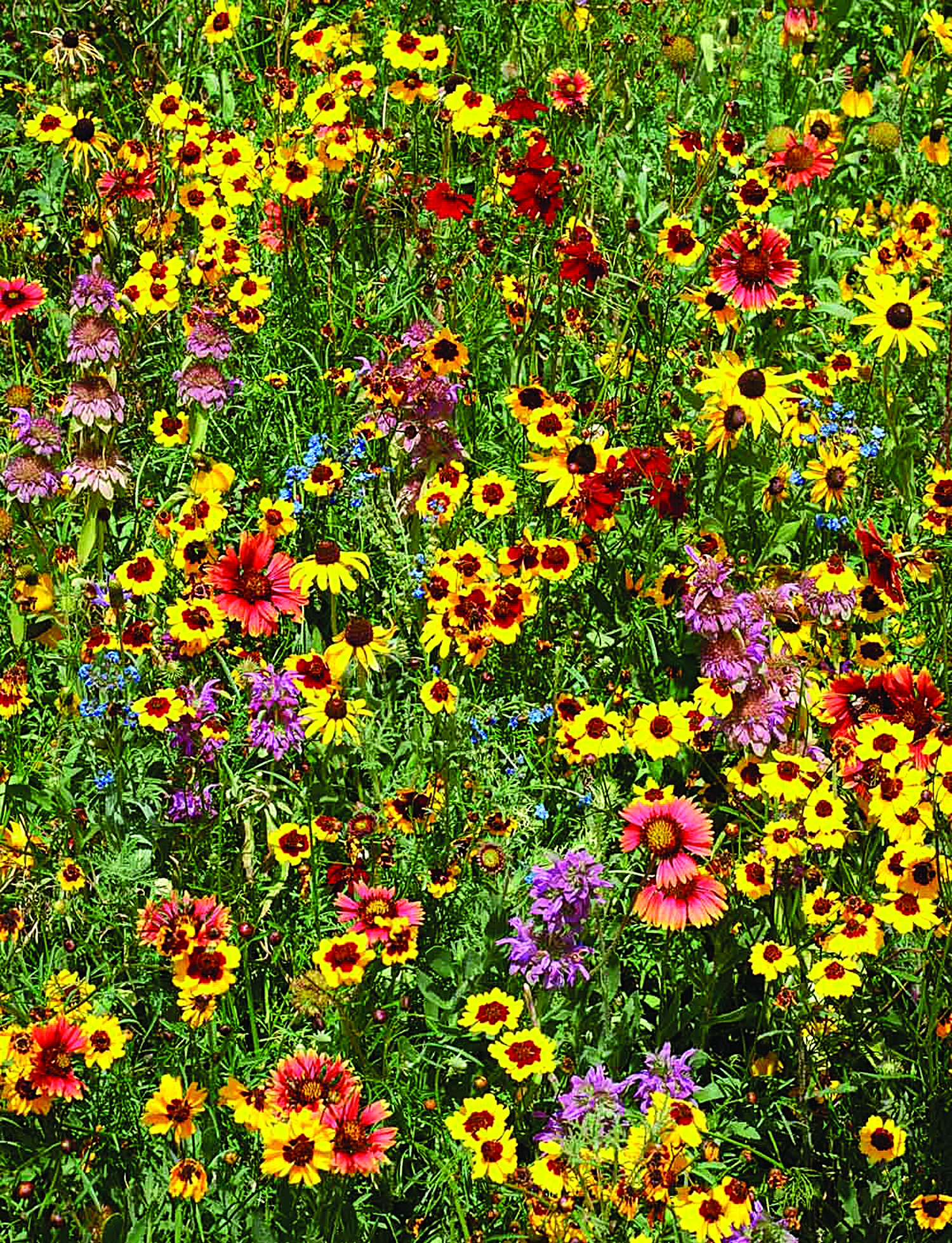| Zone | 3 |
|---|---|
| Maturity | Perennial |
| Germination (days) | 7-14 |
| Seedling temperature (°C) | After all risk of ground frost |
| Height (cm) | Variable |
| Colour | Mixed colours |
| Formulation | Raw |
Pollinator Mix
Pollinator Mix
Price range: 8.29$ through 73.19$
Pollinator Mix has been added to cart
Buy 3 and get a 10% discount
Bees are the most predominant pollinators of flowering plants and they play a vital role in healthy ecosystems. Losses of natural food supplies and habitats have resulted in the decline of native bees and other pollinators. This is why we have decided to offer this mixture to supply flowers that provide nectar and pollen for native bees, honeybees, butterflies and other pollinators. A packet of 5 g cover 2.5 m² (25 p²) , the 25 g covers 12.5 m² (125 p²) and the 125 g covers 62.5 m² (625 p²). The mixture consist of Black-Eyed Susan, Blue Wild Indigo, Brown-Eyed Susan, Butterfly Milkweed, Eastern Columbine, Gray Goldenrod, Indian Blanket, Lance-Leaved Coreopsis, Lavender Hyssop, Lemon Mint, New England Aster, Ohio Spiderwort, Partridge Pea, Perennial Lupine, Plains Coreopsis, Purple Coneflower, Showy Tick Trefoil, Spotted Beebalm, White Upland Aster, White Rockcress and Wild Sunflower.
Cultivation mode
Plantation : Before sowing, you must mix the seed with either concrete sand or sawdust. This will increase the volume and make it easier to distribute the seed evenly. Make mix 1 part seeds with 10 to 15 parts of sand or sawdust. For the best soil-seed contact, compact the soil with a half-filled lawn roller or lightly stamp with your feet.
Soil : Before sowing it is essential to expose the soil and mix it to loosen it. Though this seems laborious, the turf must be removed and all weeds must be eliminated. Once the soil is prepared and debris eliminated, rake the surface to level it.
Culturals practices : The first 2 weeks after the sowing are the most crucial. If it does not rain, optimum germination requires surface watering every day. After these 2 weeks, if there is still no rain, a longer watering should be done every 5 to 6 days; the water must now reach the roots. It is best to water in the morning to avoid diseases. After 6 to 8 weeks, when the plants are well established, watering your meadow is no longer necessary.
| Use |
ground cover |
|---|---|
| Floraison |
May to September |
| Sowing calendar - Biennials and Perrennials flowers |

